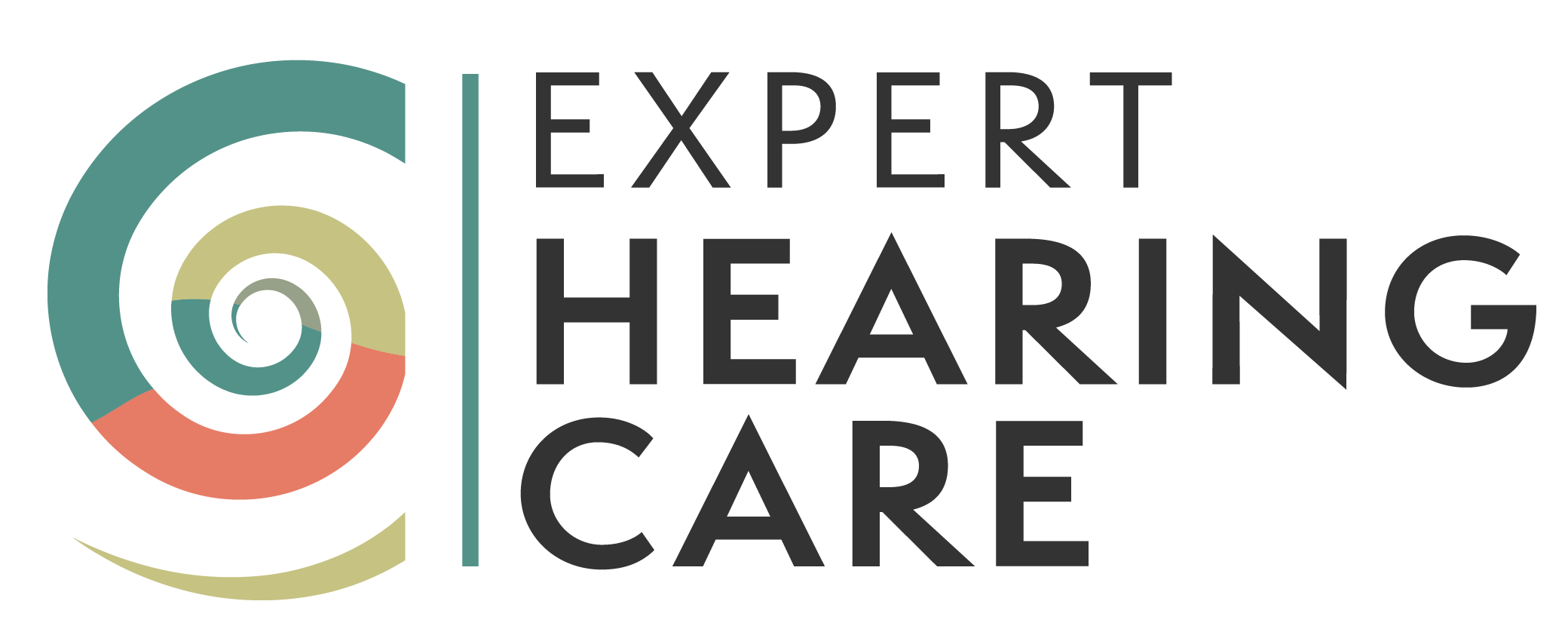“Raise your hand when you hear the beep.”
Unfortunately, we cannot test a baby’s hearing the same way we test an adult’s hearing. However, especially when setting hearing aids for a hearing loss, knowing the results of an infants hearing test is as important as knowing the exact levels of an adults hearing.
Universal Newborn Hearing Screenings are done before babies leave the hospital when they are first born. Any child that fails the screening or children who are born outside of hospitals are referred to an audiologist for follow up testing. Because infants can not respond to typical hearing testing, technology has been created to objectively test an infant or child’s hearing. An infant’s hearing is tested via one of two methods. Either otoacoustic emissions are measured or an auditory brainstem response is conducted.
Otoacoustic emissions testing is used as a screening. When sound is presented to a normal hearing ear, the small hair cells inside of the cochlea respond with movement. This movement travels back out of the ear and off of the eardrum as sound. A very sensitive probe is used to both present the tones as well as detect the ears response to sound. A normal functioning auditory system will have otoacoustic emissions. An ear with a problem, specifically a problem that will cause hearing loss will not have otoacoustic emissions. Any infant that fails otoacoustic emission screening is referred for auditory brainstem response testing.
Auditory brainstem response testing can be used as a screening tool for hearing loss as well. For this testing. Electrodes are attached to skin on the head and sound is presented to the ears. In response to sound, the nerve pathways up to the brain fire off electrical responses. If the patient is very still or asleep, these tiny electrical responses can be picked up. In addition to a screening tool, Auditory brainstem response testing can also be used to detect a patient’s thresholds to know the exact level at which a patient can hears.
Any infant who is found to have hearing loss should be referred for treatment, permanent hearing loss is treated with hearing aids, even in infants.

